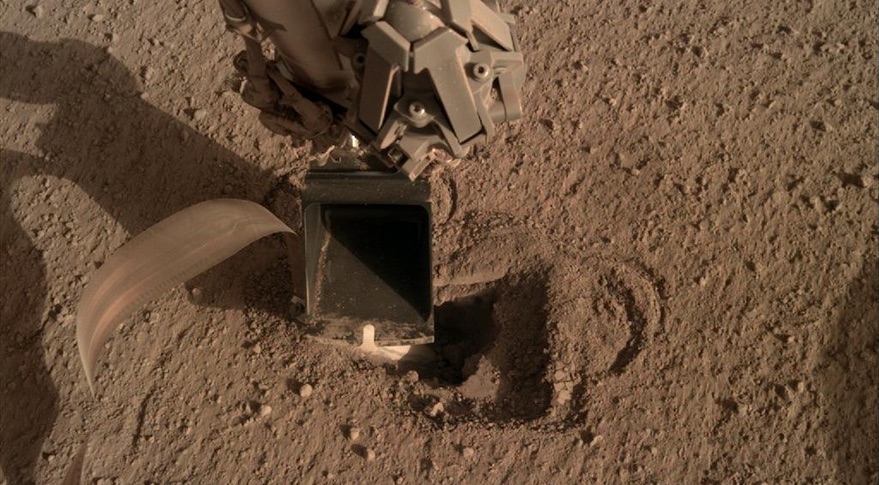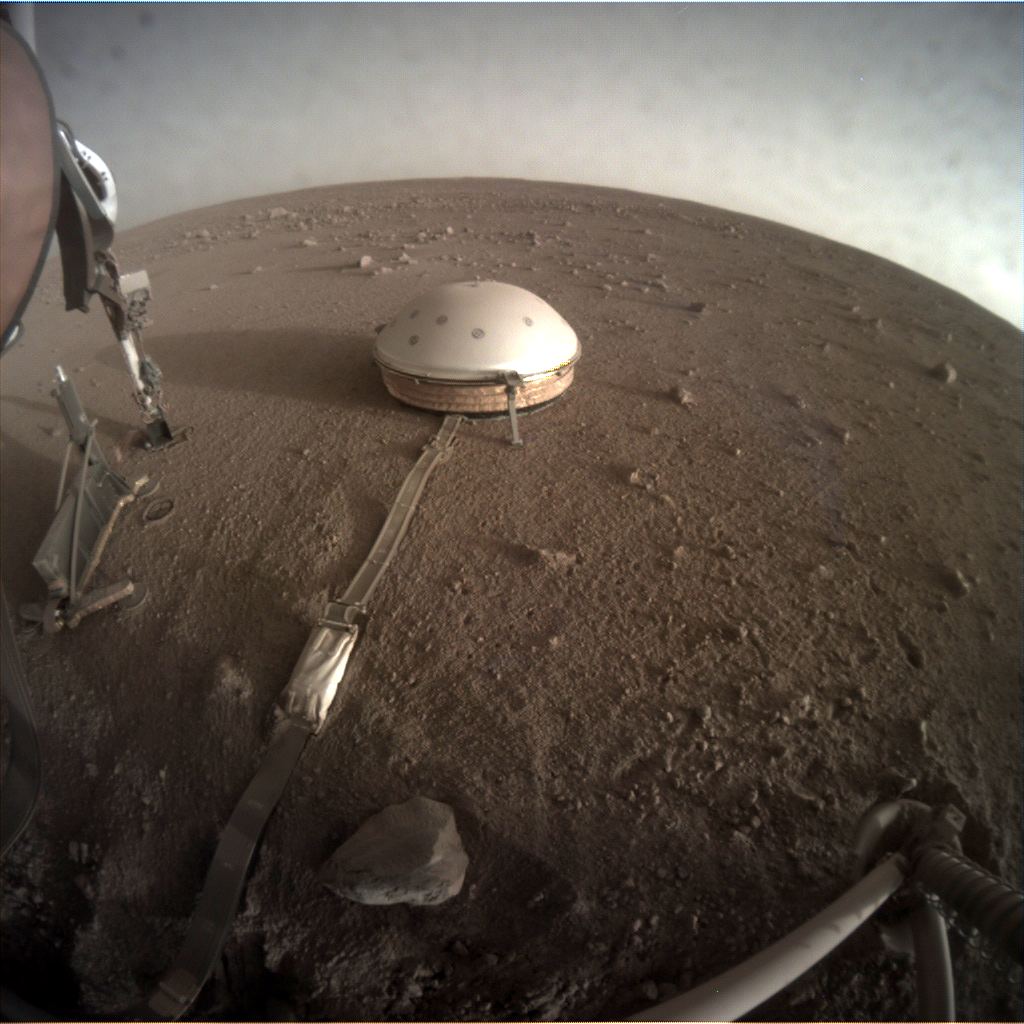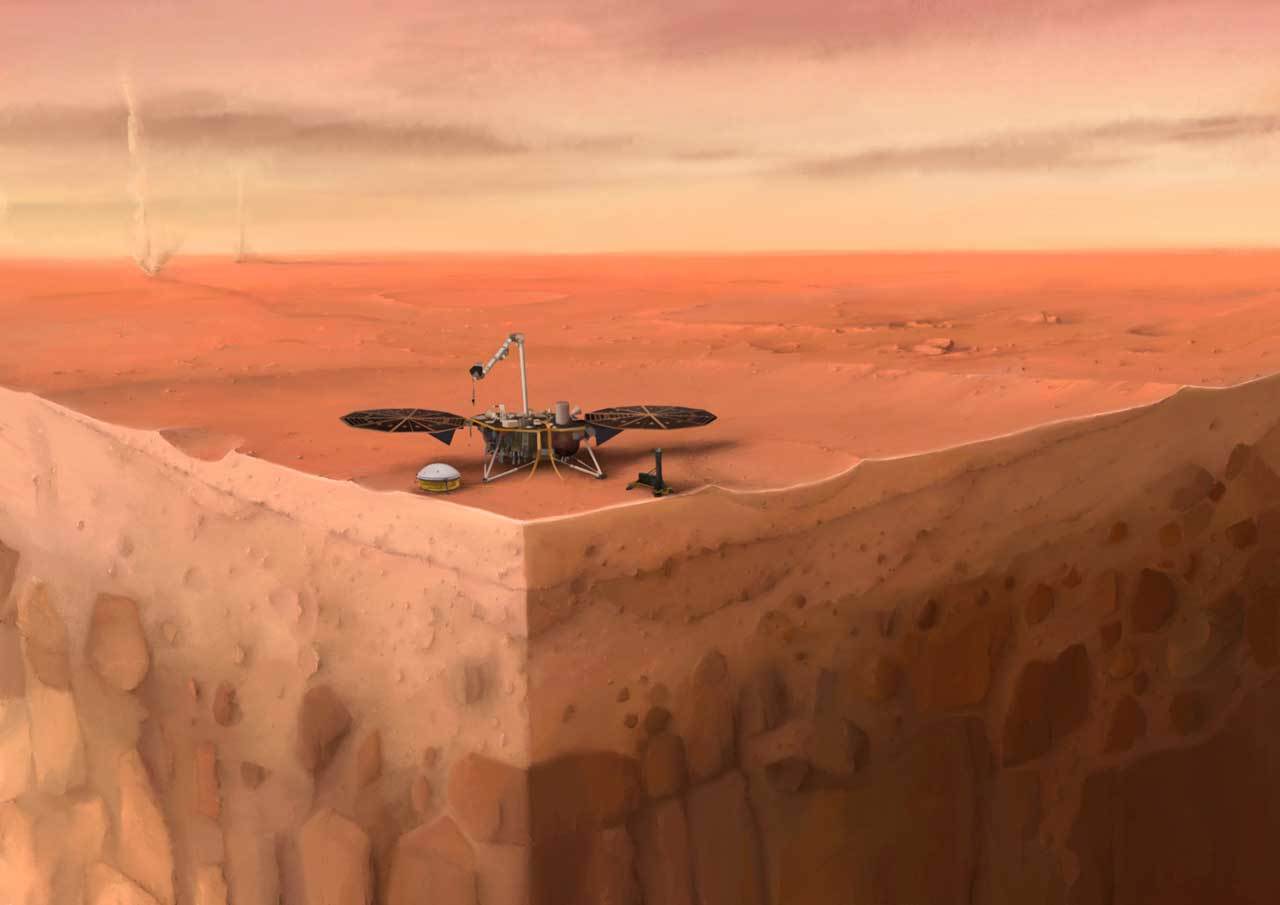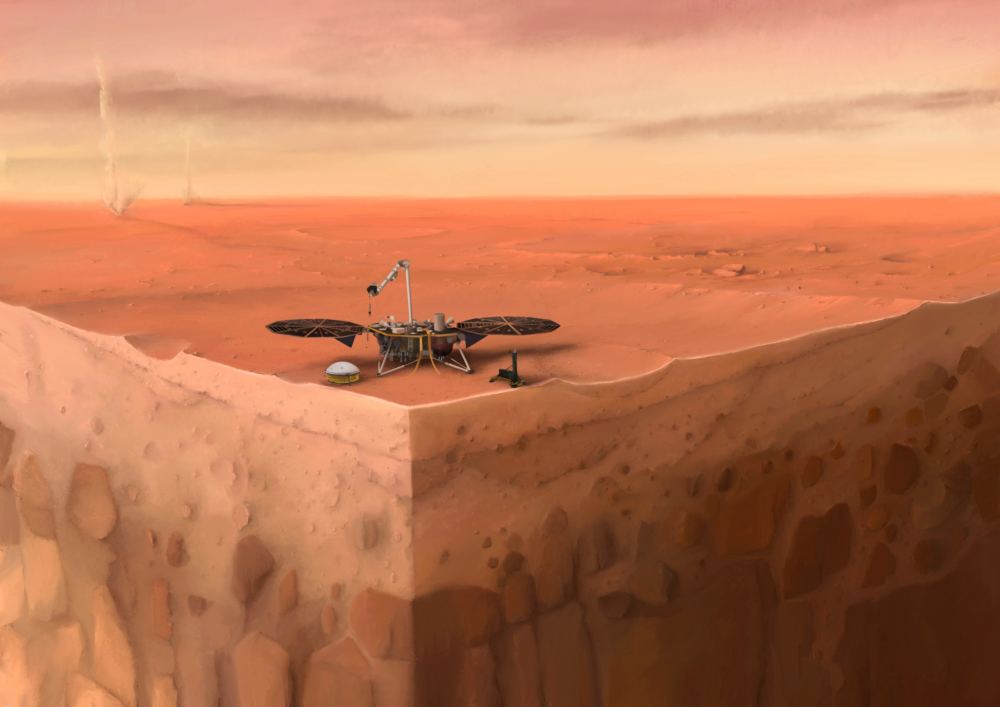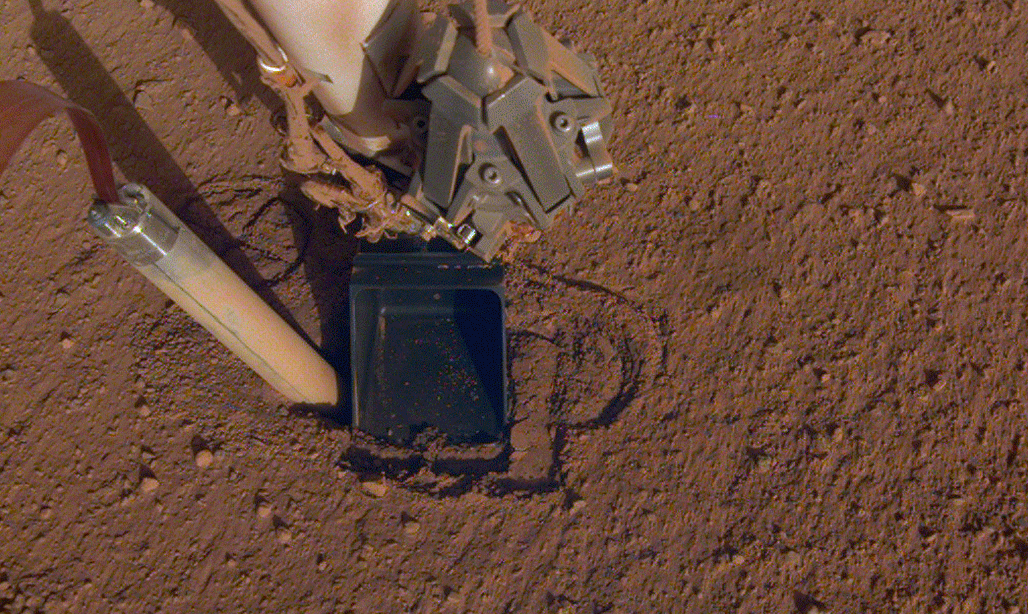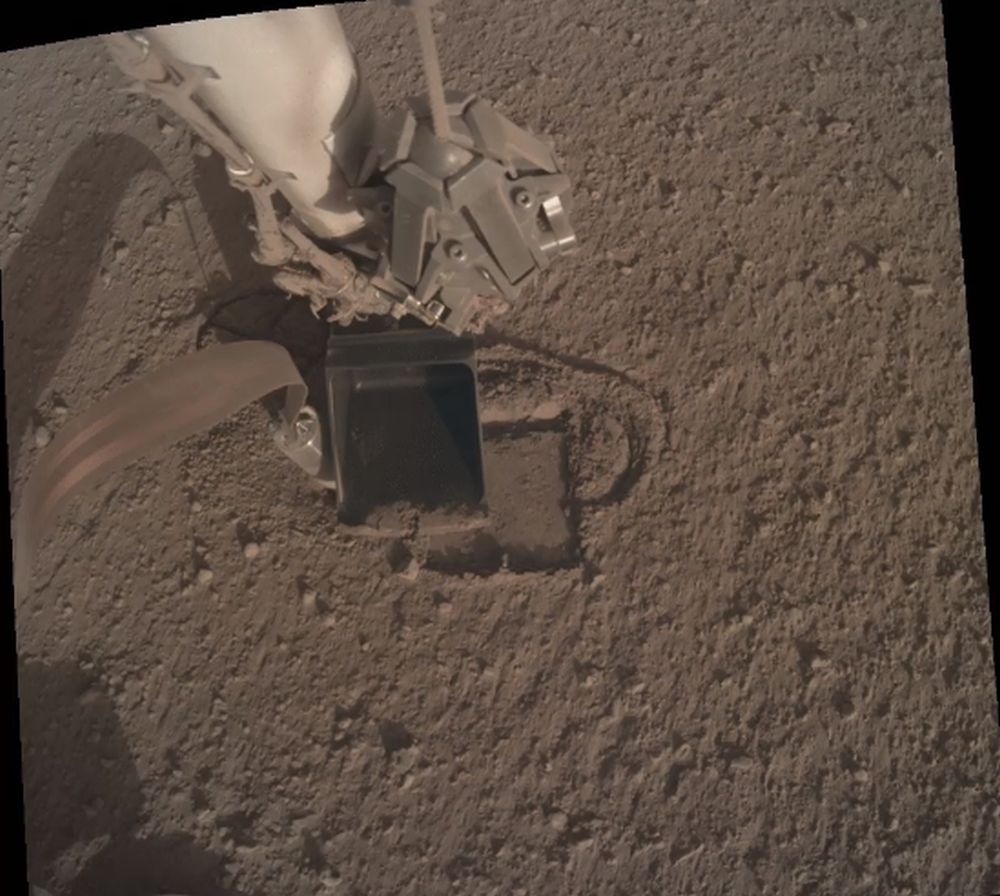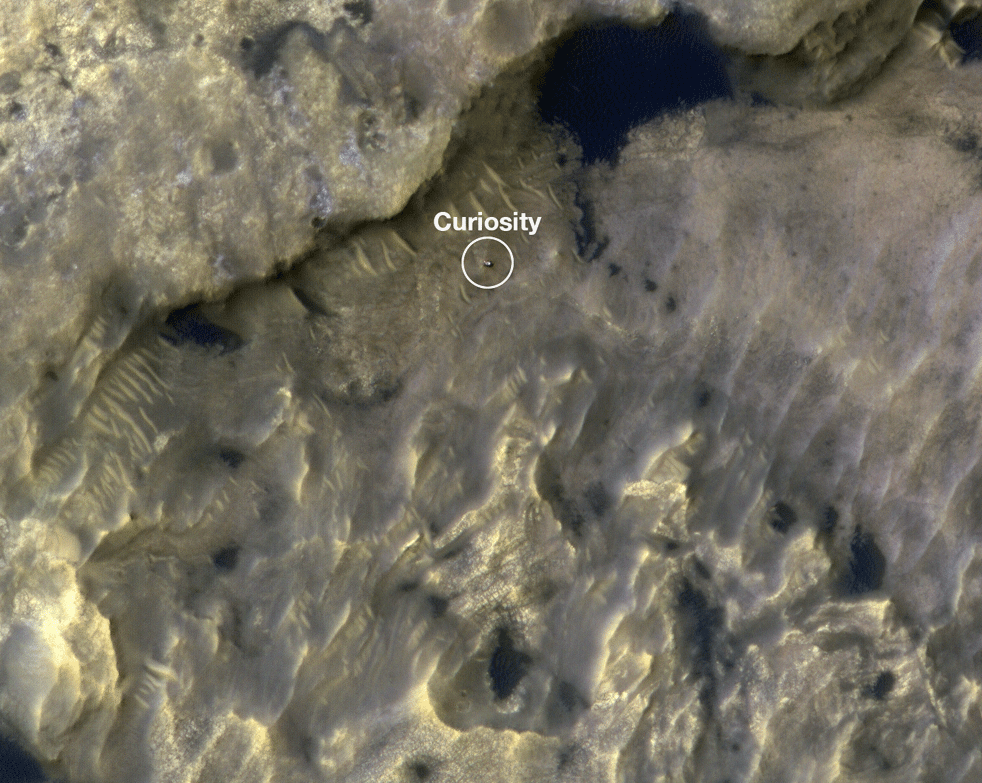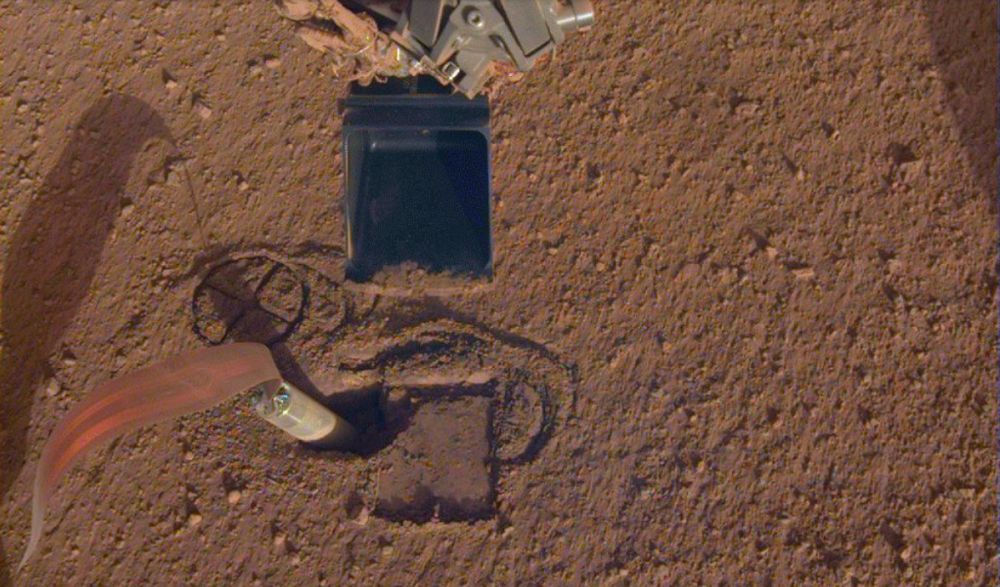Personnel at NASA and the DLR have been working for months to get InSight’s Mole working. They’re at a disadvantage, since the average distance between Earth and Mars is about 225 million km (140 million miles.) They’ve tried a number of things to get the Mole into the ground, and they may finally be making some progress.
Continue reading “Finally! InSight’s Mole is Making Slow and Steady Progress”Finally! InSight’s Mole is Making Slow and Steady Progress
